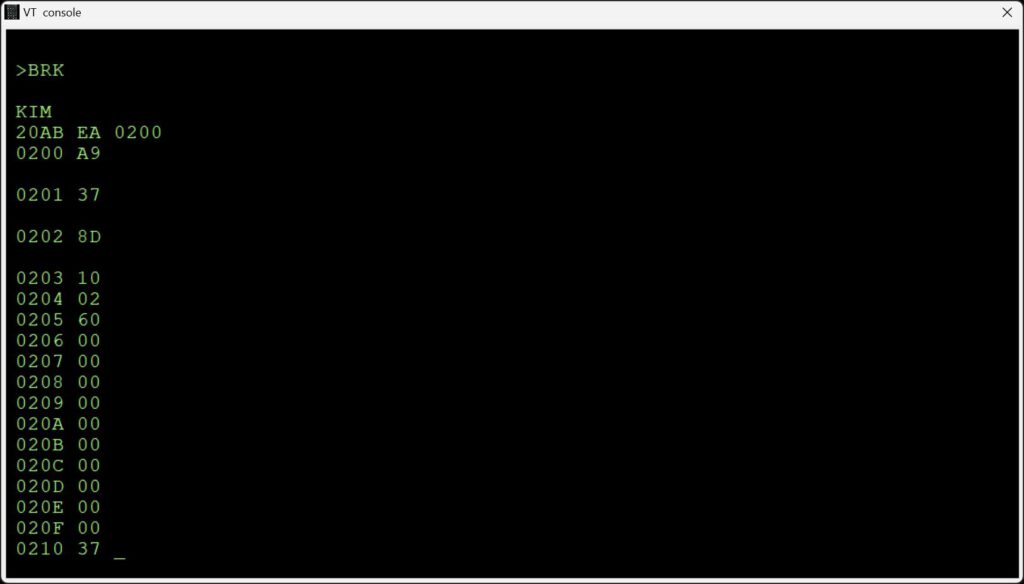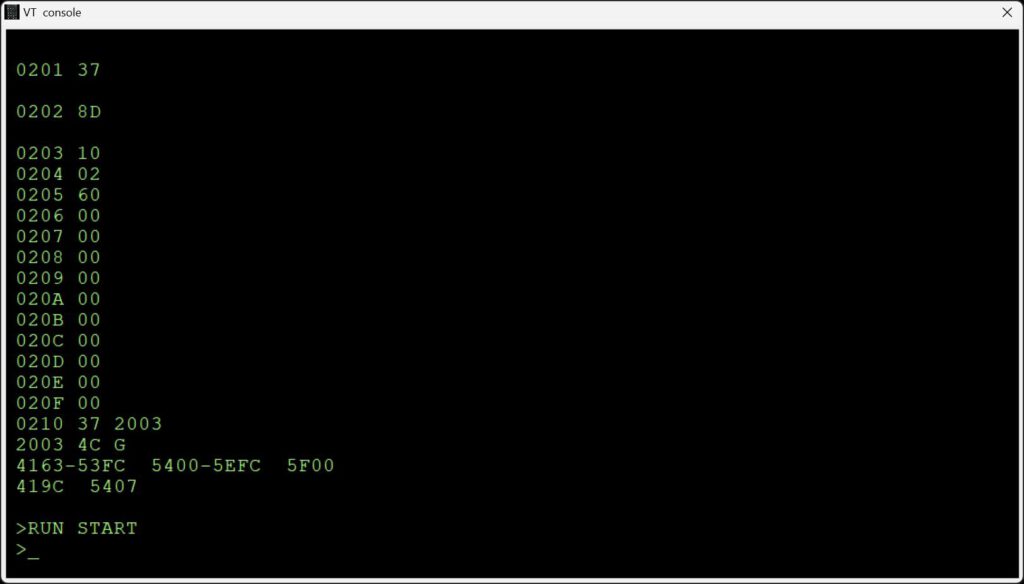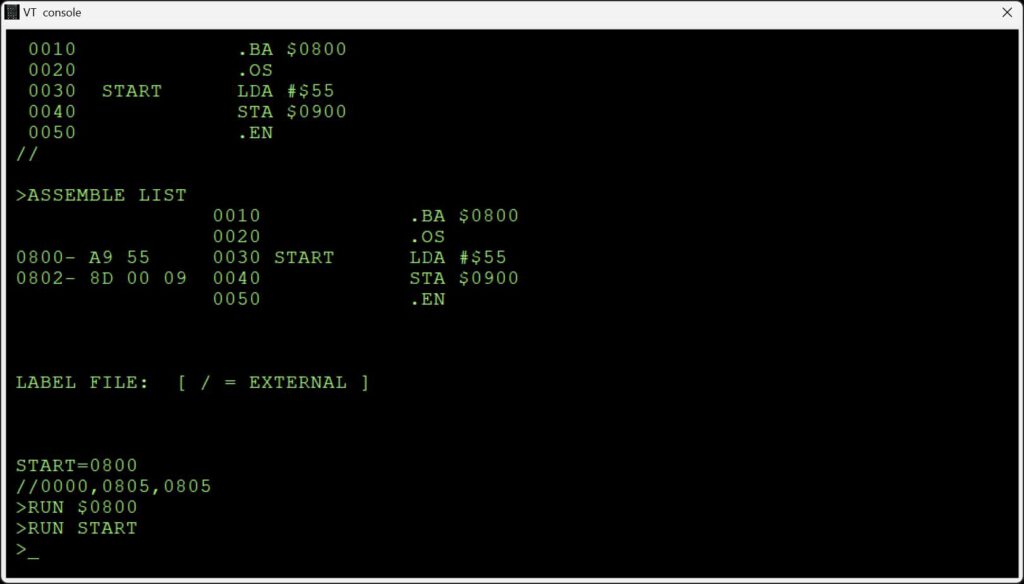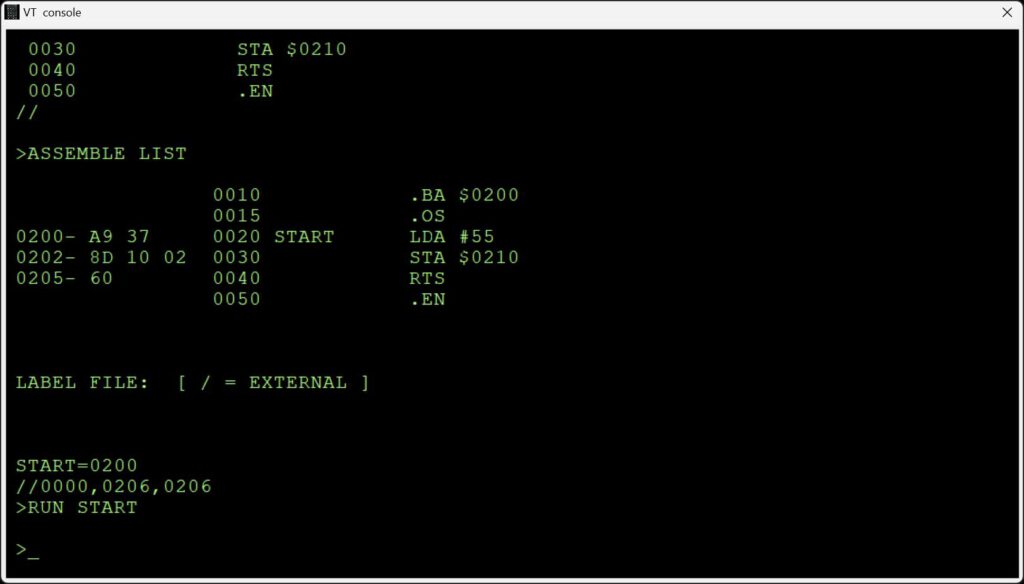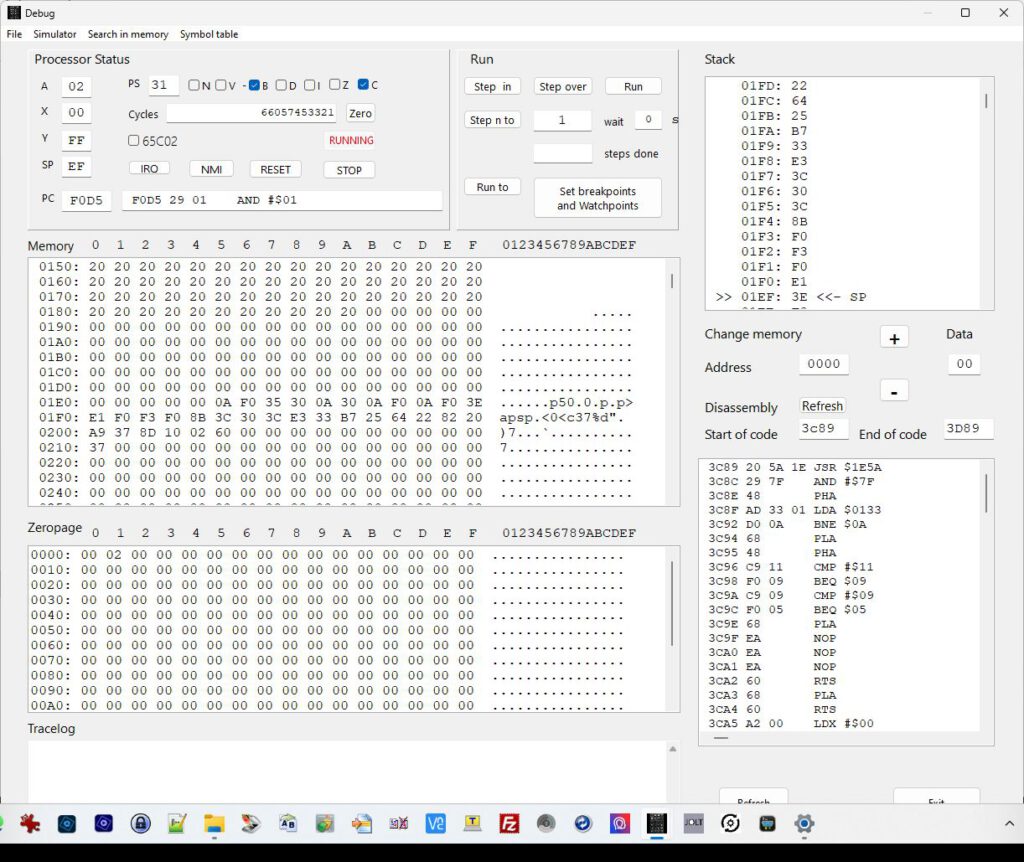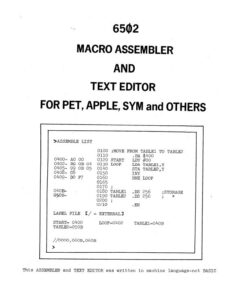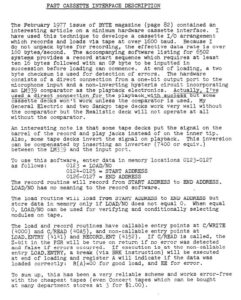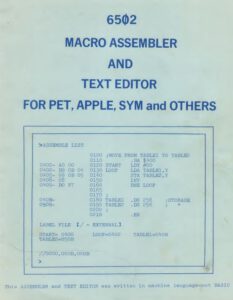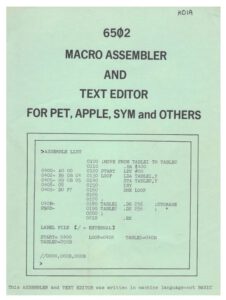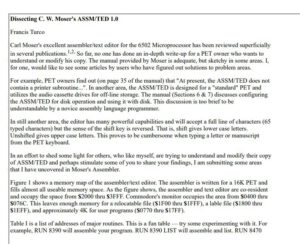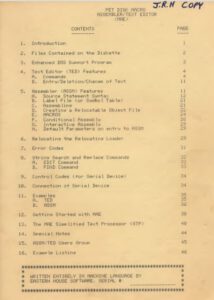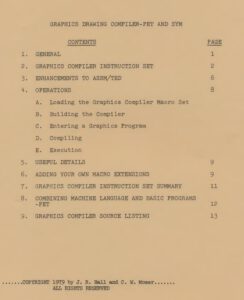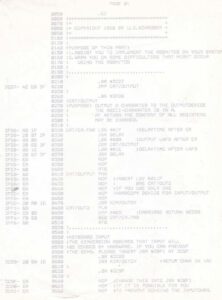I bought MAE in 1980 for Use Schroder, Ingenieur bureau Schroder, as a package for the KIM-1. As did some friends in the KIM User Club in the Netherlands. The manual and the binary on this page have survived. And it still runs on the KIM-1 (Simulator).
I never really used MAE then. The MICRO ADE package was perfectly adapted to the KIM-1, especially the use of two computer controlled audio cassette drives and easy to use.
Both MAE and MICRO ADE were using non-standard 6502 assembler syntax, so no advantage there also. The biggest failure for me was not using KIM-1 tape format for sources and object code, but the Fast Cassette solution. So I and others put it aside.
Manuals, articles, notes
Sources and binaries
Reconstructed source by me of Eastern House Software, Carl W Moser, ASSM/TED Macro Assembler and Text Edit, MAE, adapted for the KIM-1
Based upon original binary dumped in 1980 by me, Hans Otten, to tape.
The source is typed in by me, starting with the disassembly and the CWMOSER.TXT (from an Elektor Junior tape) and the Fast Cassete source file as comment source.
The resulting binary is identical to the tape dump.
The binary original “CW MOSER assmted.BIN” runs on the KIM-1 and the KIM-1 Simulator
Load at $2000, start at $2000
Note: The KIM-1 Simulator has on the console window a right click menu, choose Add LF to CR.
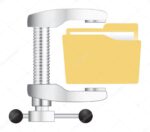
| Source and binary of MAE for the KIM-1 |
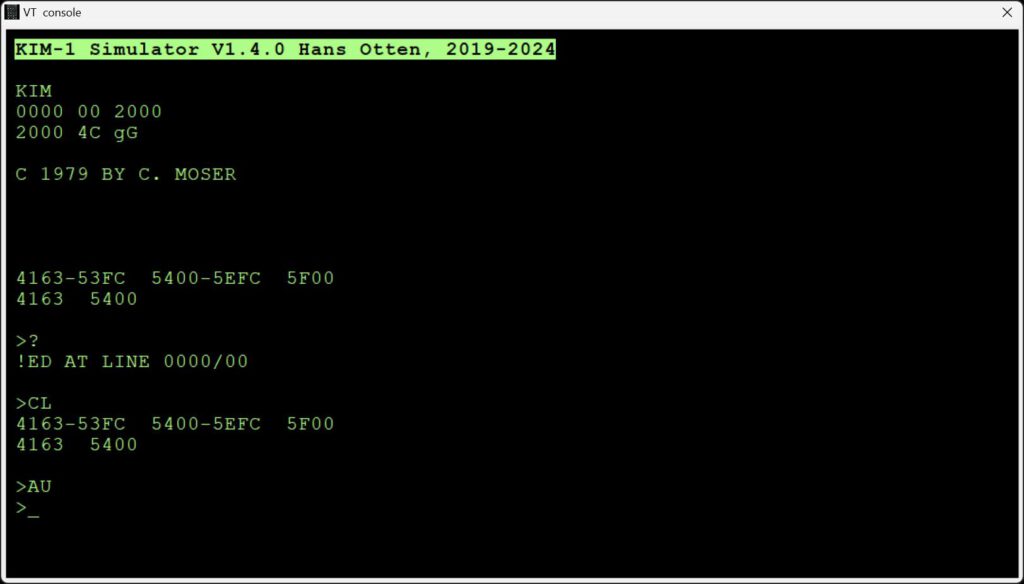
A small demonstration
Here some screenshots of a small demonstration of using MAE to develop software, without the need for tapes.
The assembler directive .OS is teh key for letting MAE store the assembled code in memory. BRK to enter the KIM-1 monitor, warm start to return.
Works pretty good! The last two images of the KIM-1 Simulator show how to look ‘behind’ at what is happening
